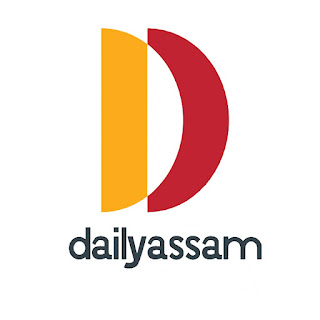Chapter 3
The drainage system
1. 1. Choose the correct answer from the following four options-
1) Which of the following rivers is known as 'Bengal Dukh'?
(a) The Ganges
(b) Gold
(c) Kushi
(d) Damodar
Answer: (d) Damodar.
2) Which of the following river basins is the largest (in India)?
(a) The Indus
(b) The Brahmaputra
(c) The Ganges
(d) Krishna.
Answer: (c) Ganga.
3) Which river is included in 'Panchanaad'?
(a) The sun
(b) The Indus
(c) Chenab
(d) Jhelum.
Answer: (b) Indus.
4) Which of the following rivers flows through the affected valley?
(a) Gold
(b) The Narmada
(c) The Jamuna
(d) Looney.
Answer: (b) Narmada.
5. Which is the estuary region of the rivers Alkananda and Bhagirathi?
(a) Bishnoprayag
(b) Rudra Prayag
(c) Karan Prayag
(d) Dev Prayag
Answer: (d) Dev Prayag.
2. 2. Consider the differences between the following.
(a) River basins and watersheds.
Answer: River basins-
(a) A river basin is the specific area from which a river and its tributaries collect and transport water.
(b) The catchment area of a large river is generally called a basin.
(c) A river basin generally refers to a large area.
Watershed-
(a) The fixed boundary that separates one river basin from another is known as a watershed.
(b) The catchment area of a small river or stream is known as a watershed.
(c) A watershed usually refers to a small area covered by a river.
(b) Arboreal and mesh drainage systems.
Answer: Tree-like drainage system-
(a) It is called a tree-like drainage system because of its tree-like shape.
(b) This drainage system is found in the vast plains of northern India.
Mesh flow system-
(a) This type of drainage system The primary streams flow in parallel and the secondary streams meet at right angles to the primary streams.
(b) This type of flow system is found in the Himalayan mountainous region.
(c) Radial and centripetal flow systems.
Answer: Outflow drainage system-
(a) When many rivers originate from a high mountain or plateau and flow around. Such a flow system is called an outflow flow system.
(b) An example of an outflow drainage system is the Gold River.
Concentric flow system-
(a) When flow to a lowland from its surroundings is called a concentric drainage system.
(b) An example of this flow system is Lake Sambar in the state of Rajasthan.
(d) Bay-islands and estuaries.
Answer:
3. 3. Answer (in about 30 words) the following questions.
(a) What are the socio-economic benefits of river connectivity schemes in India?
The socio-economic benefits of river connectivity schemes in India are :
(1) To carry the saved water of a river to areas where water is scarce through this scheme.
(2) Improvement of agriculture through irrigation.
(3) This scheme can provide electricity to different parts of the country.
(b) Write down three characteristics of the Southern Plateau.
Answer: The three characteristics of the Southern Plateau are:
(1) An ancient region of the Southern Plateau in the southern part of India.
(2) The rocks of the Southern Plateau are old and very hard.
(3) The highest mountain in the Southern Plateau is called Anaimudi. The Southern Plateau is surrounded by mountains.
4. The Give the following questions (within 125 words).
(a) What are the notable characteristics of the rivers of North India? How do these characteristics differ from those of rivers in South India?
Ans: For Student
(b) Suppose you are traveling from Haridwar to Siliguri through the foothills of the Himalayas. In this field, write down the names of the major rivers you crossed. Describe the characteristics of any of these rivers.
Answer: While traveling from Haridwar to Siliguri through the foothills of the Himalayas, we will cross various rivers, large and small. Some of these rivers are:
(a) The Ramganga
(b) Gomati
(c) Ghagra
(d) The Ganges
(e) Kushi
(f) Mahananda.
The characteristics of the Kushi River are as follows:
(a) The source of the Kushi River is located in Tibet north of Mount Everest.
(b) Kushi is an earlier river.
(c) It flows through the central Himalayas of Nepal with the Son Kushi from the west and the Tamur Kushi from the east.
(d) The Kushi River joins the Arun River and is known as Sapta Kushi.





